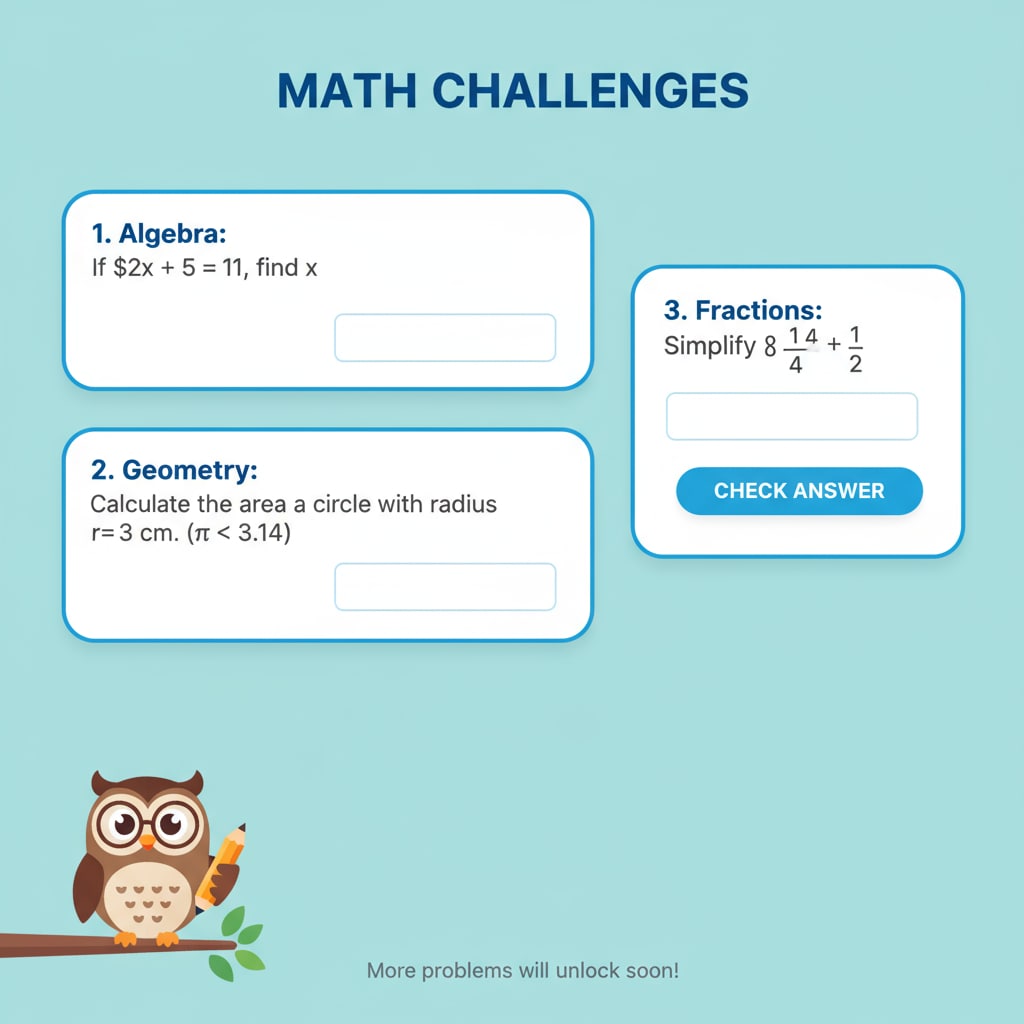Digital learning, Chromebook, lack of textbooks, and math exercises have become prominent issues in the current educational landscape. As the digital transformation of K12 education gains momentum, many schools have fully embraced Chromebooks and online learning platforms. However, in this rush, the importance of systematic content and an adequate supply of practice resources has been overlooked.

The Rise of Digital Learning and Chromebook Usage
The integration of technology in education has been a significant trend. Chromebooks, in particular, have become popular in K12 schools due to their affordability and ease of use. According to Education Week’s report on ed-tech, a growing number of institutions are providing these devices to students, aiming to enhance digital learning experiences. For example, many classrooms now rely on online platforms accessed via Chromebooks for lessons.
The Problem of Insufficient Systematic Content
One major drawback is the lack of systematic content on these digital platforms. While textbooks offer a structured learning path, digital resources often seem scattered. Teachers and students struggle to find a clear progression in topics. For instance, in a science course, concepts might be presented haphazardly, without a proper build-up. This lack of structure makes it difficult for students to fully understand and retain knowledge.

In addition, digital content may not cover all aspects of the curriculum comprehensively. Some essential topics could be missing or inadequately explained. As a result, students may have gaps in their understanding, which can affect their overall academic performance.
The Scarcity of Adequate Math Exercises
Math, in particular, requires ample practice. However, digital learning platforms often fall short in providing sufficient math exercises. Unlike traditional workbooks that have a wide range of problems for different skill levels, online resources might have limited questions. This scarcity means students may not get enough practice to master mathematical concepts.
Moreover, the lack of variety in digital math exercises can be a concern. Students may become accustomed to a particular type of question format, and when faced with different styles in exams, they may struggle. According to the National Education Association’s research on math instruction, regular and diverse practice is crucial for math proficiency.
The Struggles of Parents in Tutoring
Parents are also facing difficulties in helping their children with schoolwork. With the absence of traditional textbooks and organized content, it’s challenging for them to guide their kids. They may not be familiar with the digital platforms or be able to fill in the gaps in content. For example, when a child is stuck on a math problem, parents might not find enough resources to explain the concept clearly.
Finding a Balance between Digital and Traditional Teaching
To address these issues, it’s essential to strike a balance between digital and traditional teaching methods. Schools can still incorporate textbooks or printed materials to supplement digital content. This way, students can have a more structured learning experience. Teachers can also design additional practice materials for math and other subjects to ensure students get enough practice.
In conclusion, while the digital transformation in K12 education brings many benefits, the issues of digital learning, Chromebook use, lack of textbooks, and insufficient math exercises need to be addressed. By finding a balance, we can enhance the educational experience for students and help them achieve better academic results.
Readability guidance: The article uses short paragraphs to present ideas clearly. Each section under H2 provides key points. Passive语态 is used sparingly, and transition words like ‘however’, ‘in addition’, and ‘for example’ are added to improve flow.


